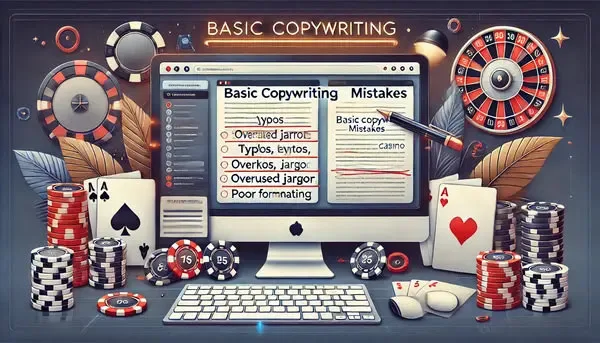
Translating Copywriting Texts: Best Practices for Success
Translation is an art that goes beyond mere word-for-word conversion. For copywriters, it involves retaining the original tone, intent, and impact of the text while making it suitable for a different audience. This article delves into effective strategies for translating copywriting texts, ensuring your content resonates as powerfully in another language as it does in the original.
Effective translation requires a deep understanding of both the source and target languages, as well as the cultural nuances that influence how messages are received. Let’s explore some crucial aspects and techniques for successful copywriting translation.
Understanding the Purpose and Audience
The first step in translating copywriting text is understanding the purpose of the original content and its intended audience. Whether the goal is to persuade, inform, or entertain, the translator must grasp the underlying message and the audience’s expectations. This comprehension guides the tone and style choices, ensuring the translated text maintains its effectiveness.
Knowing the target audience’s cultural background is equally important. Cultural references, idioms, and humor might need to be adapted or replaced with equivalents that make sense to the new audience. The aim is to produce a text that feels natural and relatable to the readers.
Techniques for Translating Documents
Translating documents involves several techniques to maintain the original’s impact. One effective method is transcreation, which goes beyond literal translation to recreate the text in the target language. This process allows for creative adjustments to preserve the text’s emotional and persuasive power.
Another useful technique is localization, where the content is adapted to fit the cultural and regional preferences of the target audience. This can involve modifying images, colors, and even the layout to ensure the content feels familiar and engaging to the new readers.
Maintaining Consistency and Tone
Consistency in terminology and style is crucial for maintaining a professional image. Creating a style guide and glossary for the translation project helps ensure that the translated text remains consistent in terminology, tone, and style. This is especially important for larger projects or ongoing translation needs.
Challenges in Copywriting Translation
One of the biggest challenges in translating copywriting texts is dealing with idiomatic expressions and puns. These often have no direct equivalents in other languages and require creative solutions to convey the same meaning or effect. Collaborating with native speakers can provide insights and suggestions for overcoming these hurdles.
Another challenge is maintaining the persuasive elements of the original text. Translators must be skilled in the art of persuasion in the target language to ensure the translated text achieves the desired impact. This often involves rephrasing and restructuring sentences to align with the target language’s rhetorical style.

Using Technology in Translation
Technology can significantly aid the translation process. Tools like translation memory systems and glossaries help maintain consistency and speed up the process. Machine translation, powered by AI, can provide a useful starting point, but human oversight is essential to refine and perfect the final output.
Final Review and Quality Assurance
Quality assurance is a critical step in the translation process. After the initial translation, it is essential to review and edit the text to ensure accuracy, consistency, and readability. This can involve multiple rounds of proofreading and feedback from native speakers to polish the final text.
In conclusion, translating copywriting texts is a complex but rewarding process that requires a deep understanding of both languages and cultures. By employing techniques like transcreation and localization, and leveraging technology while ensuring human oversight, you can produce translations that are as compelling and effective as the original texts.




